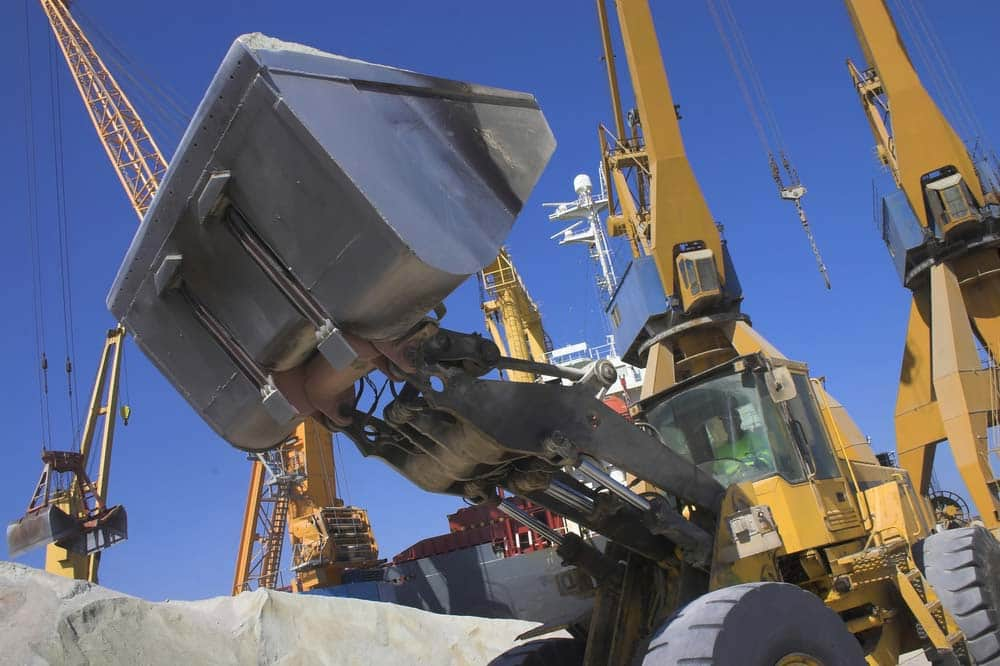Useful Construction Safety Tips
Working with tools and heavy equipment is a major hazard at construction sites. Injuries can result from equipment hitting or running over personnel, impacts from flying objects, burns from hot objects, and damage to protective equipment such as supplied-air respirator systems.

The following precautions will help preclude injuries due to such hazards and should be included in any construction training:
- Train personnel in proper operating procedures.
- Install adequate onsite roads, signs, lights, and devices.
- Install appropriate equipment guards and engineering controls on tools and equipment. These include rollover protective structures, seat belts, emergency shutoff in case of rollover, and backup warning lights and signals.
- Provide equipment such as cranes, derricks, and power shovels with signs saying "Unlawful to operate this equipment within 10 feet of all power lines."
- Use equipment and tools that are intrinsically safe and not capable of sparking, and pneumatically and hydraulically driven equipment.
- Where portable electric tools and appliances can be used, (i.e., where there is no potential for flammable or explosive conditions), use three-wire grounded extension cords to prevent electric shocks.
- In hydraulic power tools, use fire-resistant fluid that is capable of retaining its operating characteristics at the most extreme temperatures.
- At the start of each workday, inspect brakes, hydraulic lines, light signals, fire extinguishers, fluid levels, steering, and splash protection.
- Keep all non-essential people out of the work area.
- Prohibit loose-fitting clothing or loose long hair around moving machinery.
- Keep cabs free of all non-essential items and secure all loose items.
- Do not exceed the rated load capacity of a vehicle.
- Instruct equipment operators to report to their supervisor(s) any abnormalities such as equipment failure, oozing liquids, unusual odors, etc.
- When an equipment operator must negotiate in tight quarters, provide a second person to ensure adequate clearance.
- Have a signalman direct backing as necessary.

